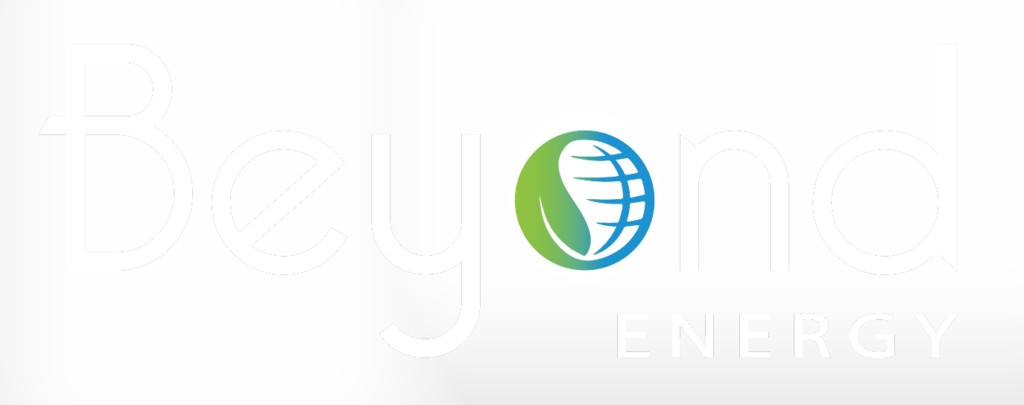Unlocking the Potential of Sustainable Development Goals: A Roadmap to a Better Future
The year 2015 saw world leaders meet at the United Nations General Assembly to adopt the 2030 Agenda for Sustainable Development, a ground breaking commitment to humanity and the planet. This transformative blueprint has introduced the Sustainable Development Goals which are a significant call for action for people and prosperity. Indeed, the SDGs are a universal call to develop and guarantee prosperity as well as the world’s and life’s perquisites. This discourse illuminates the SDGs: their importance and underlying philosophy and how they are being achieved worldwide.
● Understanding the Sustainable Development Goals
The Sustainable Development Goals are the blueprint to achieve a better and more sustainable future for all people. They are the call for action that represents and ensures that our planet can future come out in peace and prosperity by 2030. The 17 goals of the SDGs encompass a wide range of social, economic, and environmental challenges.
The 17 SGDs that aim to address different problems on the globe include poverty, hunger, health, education, gender equality, clean water and sanitation, affordable and clean energy, decent work and economic growth, industry, innovation, infrastructure, reduced inequalities, sustainable cities and communities, responsible consumption, and production, climate action, life
below water, life on land, peace, justice, and strong institutions and the partnerships for the goals. Each goal has a set of targets that should be realised and indicators that monitor and track the performance.
● Key Principles of the Sustainable Development Goals
The Sustainable Development Goals are guided by several key principles that underpin their implementation and realisation:
1. Universality: The SDGs are applicable in all countries, irrespective of their develop mentor income status. Given that sustainable development is a shared responsibility, the SDGs encourage global, regional, national, and local responsibility and cooperation.
2. Integration: A need to recognize the interdependence among the social, economic and environmental development aspects. There is a need to pursue an integrated and comprehensive approach to address the underlying causes and impact of poverty,
inequality and environmental trends.
3. Leave no one behind: The SDGs have embraced an overarching paradigm that nobody should be left behind from inclusive and sustainable sustainability. This necessitates focus on the most vulnerable and the furthest behind, including women, children, persons with disabilities, indigenous peoples and refugees.
4. Sustainability: The SDGs strive to promote sustainable development. Sustainable development refers to meeting people’s needs in the current generation without compromising the future generation’s capability to meet their needs. The SDGs envision compromisingly a balance between economic growth, social inclusion and environmental sustainability to build a prosperous and healthy future for all people.
● Achieving the Sustainable Development Goals:
Progress and Challenges The SDGs were launched in 2015, and since then, there has been notable progress towards achieving these goals. Notably, collective global action has contributed to the reduction of poverty, access to quality education and healthcare, and affordable and clean energy. However, the progress has been selective, and numerous challenges exist; they include:
1. Economic Inequality: continues to be an obstacle to attaining the SDGs, and disparities exist within and between countries. Indeed, gender inequality is a significant barrier that limits women’s access to education, healthcare, and a voice in the economic space.
2. Climate Change: the damages associated with climate change threaten the attainment of the SDGs since it aggravates poverty, food insecurity, and environmental destruction. Even with lofty international ambitions to mitigate greenhouse gas emissions and achieve the Paris Agreement goals, the speed of action to attain the goals remains unattainable.
3. Conflict and Instability: political conflict, violence, and instability also hinder SDG achievement, particularly in fragile and violent countries; armed conflict disrupts healthcare and education, displaces people, and intensifies humanitarian crises, which
derails sustainable development goals.
4. Environmental Degradation: including deforestation, soil erosion, and loss of biodiversity, jeopardises ecosystems and people’s lives, among others. Unsustainable consumption and production intensify environmental damage, resulting in pollution and
resource depletion.
● The Role of Stakeholders in Advancing the Sustainable Development Goals
Meeting the Sustainable Development Goals requires the collaborative efforts of governments, civil society, the private sector, and people at the local level. Each of the respective stakeholders has a unique role to play in advancing the SDGs and achieving sustainable development.
Firstly, governments are primarily responsible for enabling policy implementation, resource mobilisation, and creating the enabling environment for sustainable development. They also set the national development priorities, allocate budgets and develop cross-sectoral plans to meet the SDGs.
Civil society organisations also drive social inclusion, accountability, and citizen engagement by promoting the rights of the marginalised.
The private sector is also a significant driver of economic growth and innovation, which is essential for sustainable development through responsible business practices and investments.
By integrating environmental, social, and governance considerations into their operations, businesses can contribute to poverty reduction, job creation, and environmental stewardship.
Additionally, individuals have a role to play in SDG realisation. Whether at their local level or globally, one can do something about SDG manifestations by reducing, for instance, their energy consumption or supporting ethical businesses.
● Conclusion: Charting a Path Towards a Sustainable Future In conclusion, the Sustainable Development Goals depict a daring vision for a safer world – one where devastation is eliminated, disparities subsist no more, and the world is buoyant.
Progressing the SDGs demands decisive collective behaviour, political purposes, and transformational adjustments. Adhering to the principles of universality, incorporation, leaving no one behind, and sustaining no one behind, we can pioneer the route to a better future that is more prosperous, comprehensive, and sustainable – for people and the planet – presently and in the future. Collectively, let us fulfil the pledge of the Sustainable Development Goals and make a universe in which no one is out of sight.
ARTICLE WRITTEN BY TANYA CHAWLA

